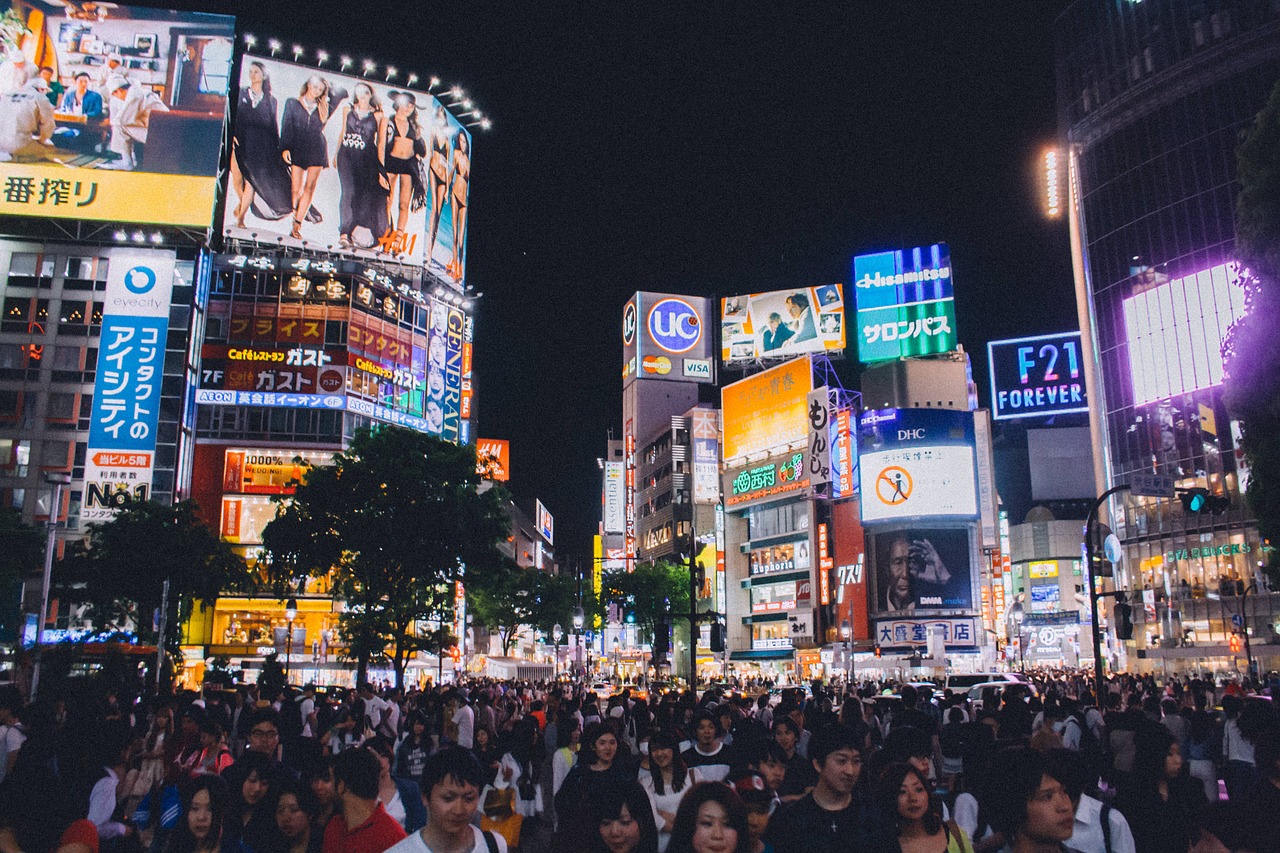Suicide rate plummets after Japan installs blue lights at Tokyo train stations
Across train stations in Japan, various rail companies have been installing blue lights to prevent suicide. It undoubtedly seems strange, but they have reason to believe that it really does work.
A scientific paper published back in 2013 claimed that blue lights in stations reduced the level of suicides up to a staggering 84%. Since the paper was released, many other countries in the world have now adopted similar measures, but are the results really what they appear to be? Just how effective could a simple blue light be when it comes to preventing unnecessary deaths?
It’s known as what’s called a “nudge” technique, which is a subtle, passive way to influence people’s behaviour that has the potential to have a huge impact. Areas lit with blue light were said to help alleviate the feelings of psychological stress and give people a calmer disposition.
Michiko Ueda, conducting research at Waseda University, studied what may be influencing Japan’s suicide rate, and was initially skeptical when she heard railway companies stating blue led to vastly decreased rates, “I thought we should follow up and I decided to contact the railway company to ask if they could provide data.”
Ueda then proceeded to analyse a decade of data on dozens of suicides across train stations in Japan, and did indeed find there was evidence of a large effect, with an 84% reduction in suicides. This figure was then widely reported by the media, and led to a flurry of excitement about the method.
However, when it hit the news, Masao Ichikawa at the University of Tsukuba decided to look at the data in more depth stressing that it needed to be analysed to distinguish night from day at the train stations, as blue light would likely not have as much of an effect during the day.
Ichikawa was also skeptical that the confidence in Ueda’s paper varied from 14-97%, which meant the actual effect of the lights may have only been 14% - nowhere near as impressive as all the media had been reporting.
He responded by publishing his own paper to show is that blue light is not the miracle many claim, and that there were more effective methods such as protective barriers. Of course, this ends up being much more expensive, but if it saves lives then there’s a strong argument for it being worth it.
Even though light therapy is now well established when it comes to Seasonal Affective Disorder, the jury is still out on whether it has any discernible effect when it comes to preventing suicides. Even Michiko Ueda—despite publishing the data that led to all the hype—recommends that people should try a range of options in their attempts to bring the numbers down, “I really don’t want people to think that blue lights are the solution. People should use multiple measures. Platform screen doors are probably the most effective one.”
There are signs of hope, with the overall number of suicides falling since 2003, when 34,500 suicides were reported, down to 21,000 in 2017, a reduction of almost 40%. However, the number has been rising among young people, which shows there’s still a great need to look at a range of solutions that will combat a tremendously sad loss of life.
Press release distributed by Pressat on behalf of Greg Bush, on Monday 28 January, 2019. For more information subscribe and follow https://pressat.co.uk/
Tokyo Japan Suicide Main News
Published By

greg.bush@pressat.co.uk
https://www.pressat.co.uk
Greg Bush is currently working as the Deputy Editor for Pressat's food and business desk. Previously wrote for the Financial Times and Italia Media. He also spent time as a reporter for Dow Jones.
Visit Newsroom
You just read:
Suicide rate plummets after Japan installs blue lights at Tokyo train stations
News from this source:


